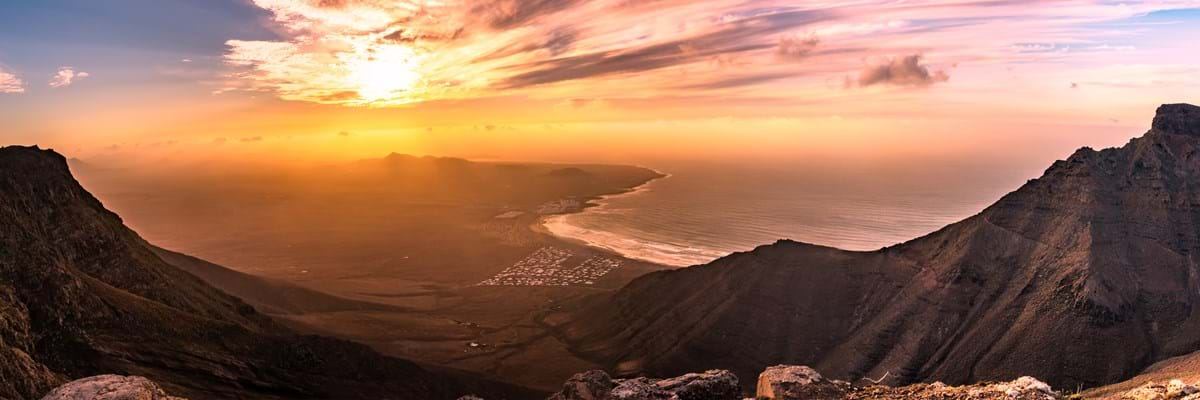The vast variety of magnificent scenery and sights in the Canary Islands is an enormous attraction for the 15 million visitors each year. And the way the natural beauty and cultural heritage have been preserved over decades of immense change has won global recognition.
Prestigious status awards from Unesco, the world-renowned United Nations Educational, Scientific and Cultural Organization, have been bestowed on all five islands used by Olympic Holidays. (Read about UNESCO heritage sites in other countries which you can visit with Olympic Holidays).
Quite simply, they have performed an amazing balancing act by protecting their precious environment while encouraging the growth of tourism.
Tenerife
Tenerife has two Unesco World Heritage Centres. One is the stunning natural park that includes Mount Teide, Spain’s highest mountain. The other is the historic city of San Cristobal de La Laguna, the former capital. It dates back to the 15th century and the grid layout of its picturesque old town was exported to America - where it became the standard layout for cities.
Lanzarote
Lanzarote, with its dark lunar-landscape, became a Unesco Biosphere Reserve in 1993. Such awards are granted when communities get the balance right between ecological conservation and development. It was the first time an entire Canary Island had been granted such status and it was a reward for the huge effort made by the islanders to conserve their strange volcanic ecosystem.

La Palma
La Palma, the beautiful green island, was the first to have a biosphere reserve in 1983. The area was extended until the whole island was included in 2002. Unesco praised the island’s spectacular and diverse natural beauty and the preservation of traditional activities, such as banana plantations, bee-keeping and fishing.
Fuerteventura
The remote and rugged western side of Fuerteventura, including 100 kilometres of untouched coastline, became a biosphere reserve in 2009. The arid island also has Europe’s only desert.
Gran Canaria
The sacred mountains and rugged south-west coast of Gran Canaria were designated as a biosphere reserve in 2005. The area includes almost half the island and some of the sea. As well as rich biodiversity, there are signs of the island’s first aboriginal inhabitants.
Unesco recognition is kept under review. More than 40 sites in nine countries have had their reserve status withdrawn.





